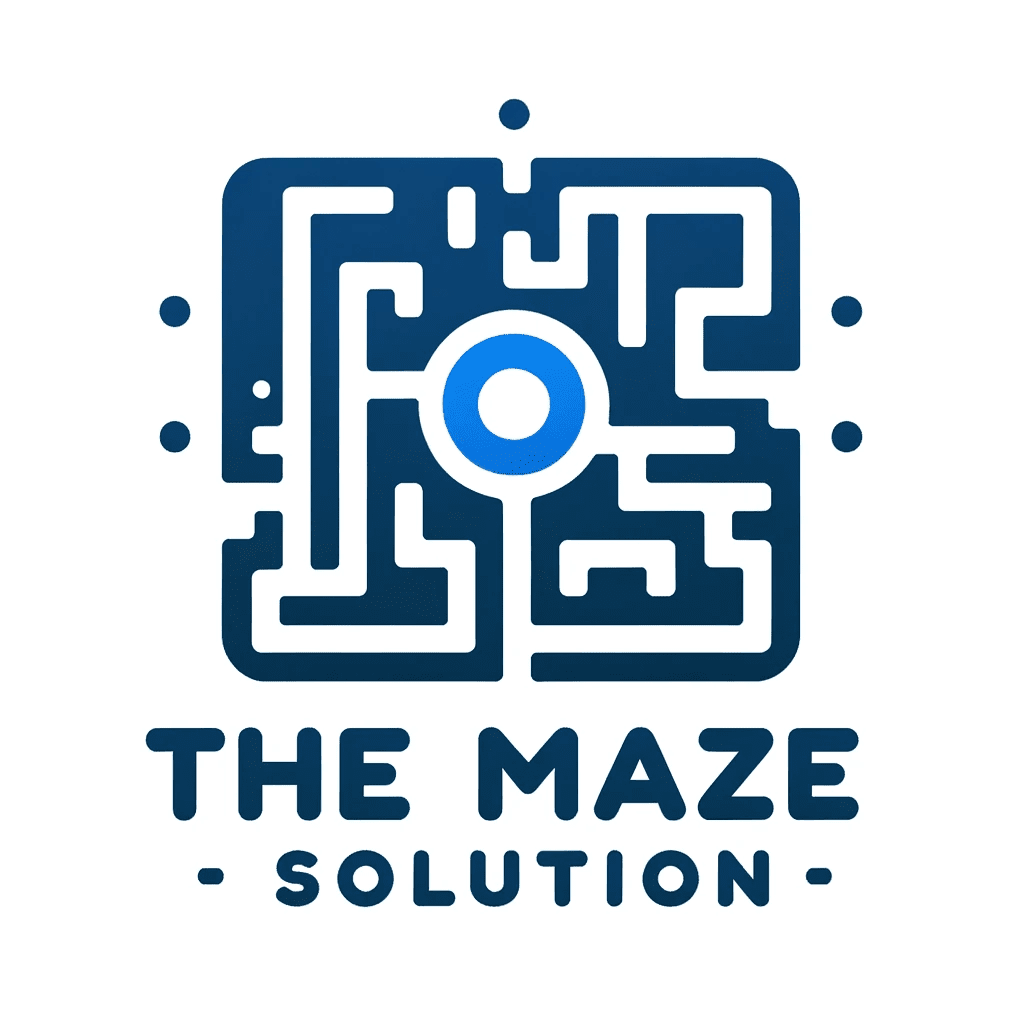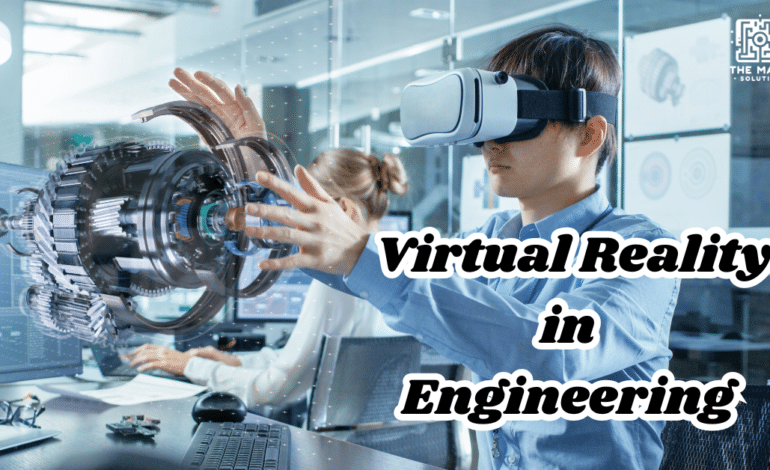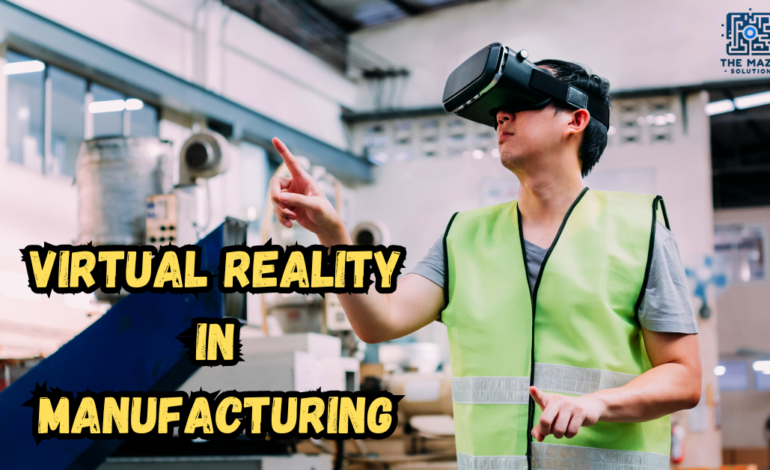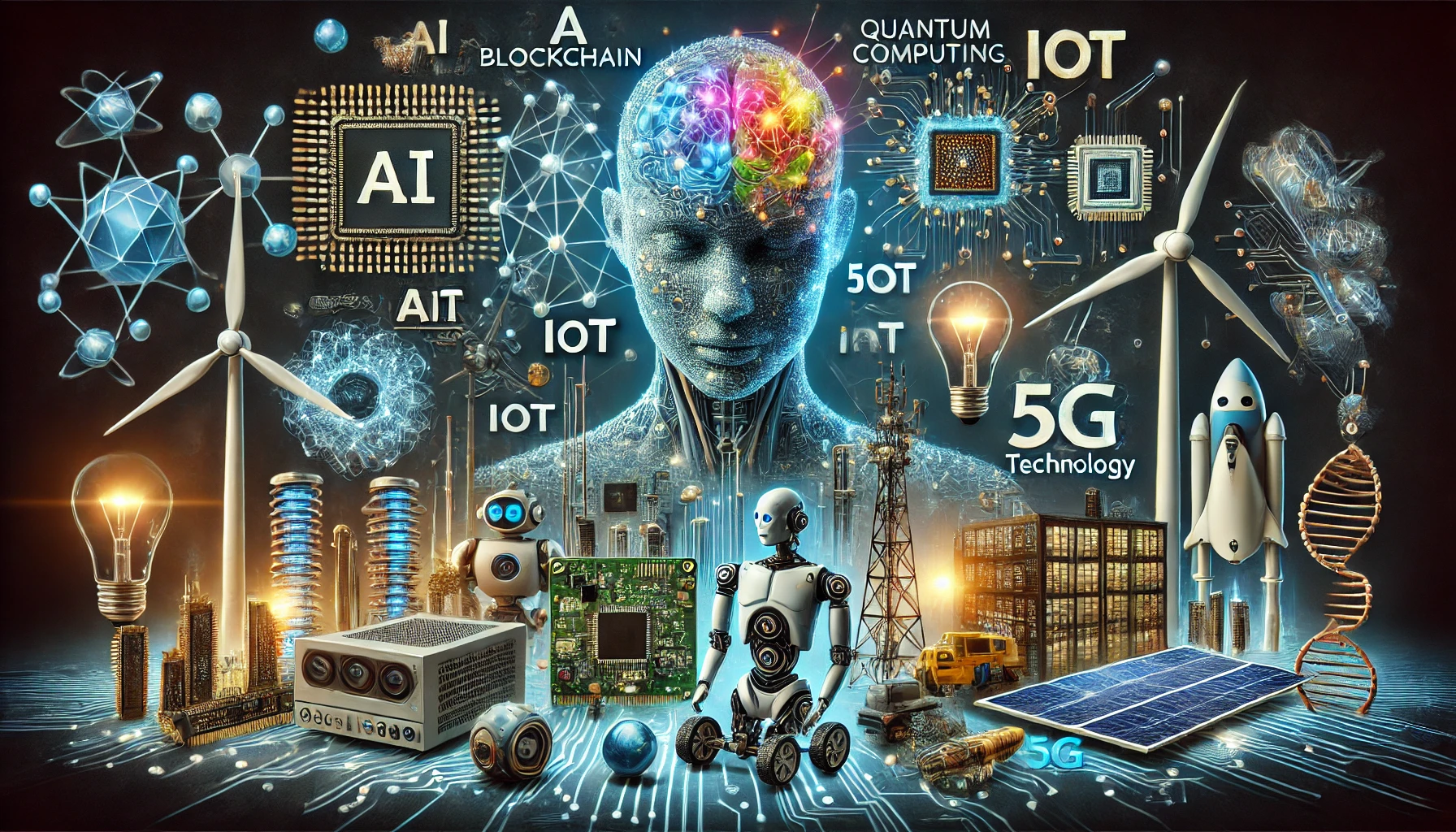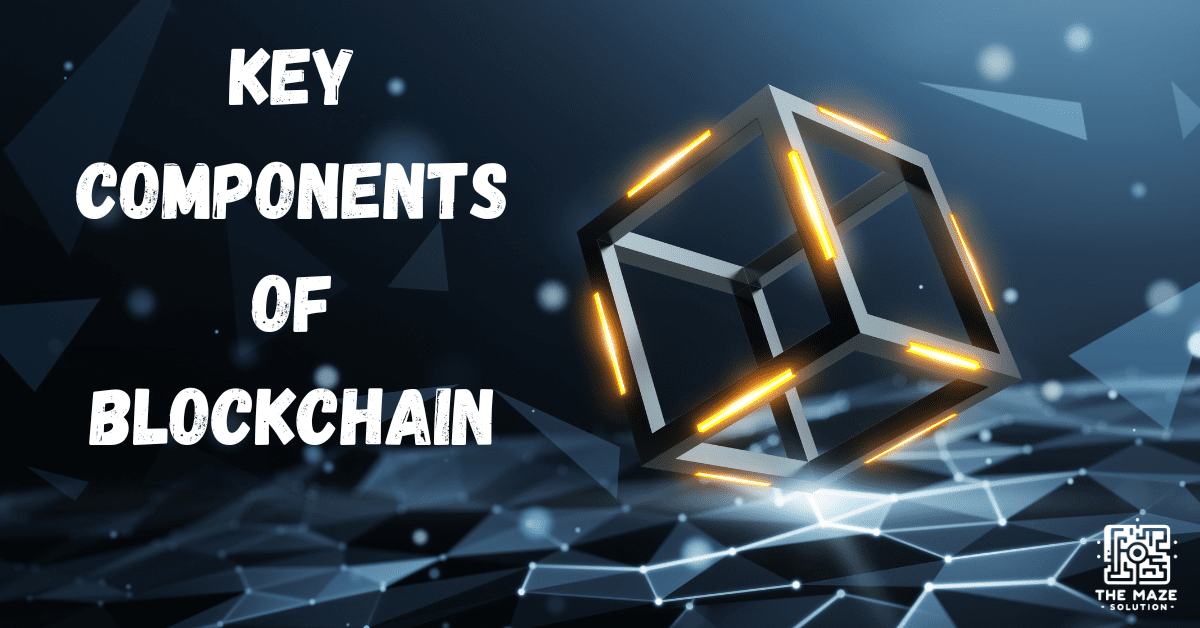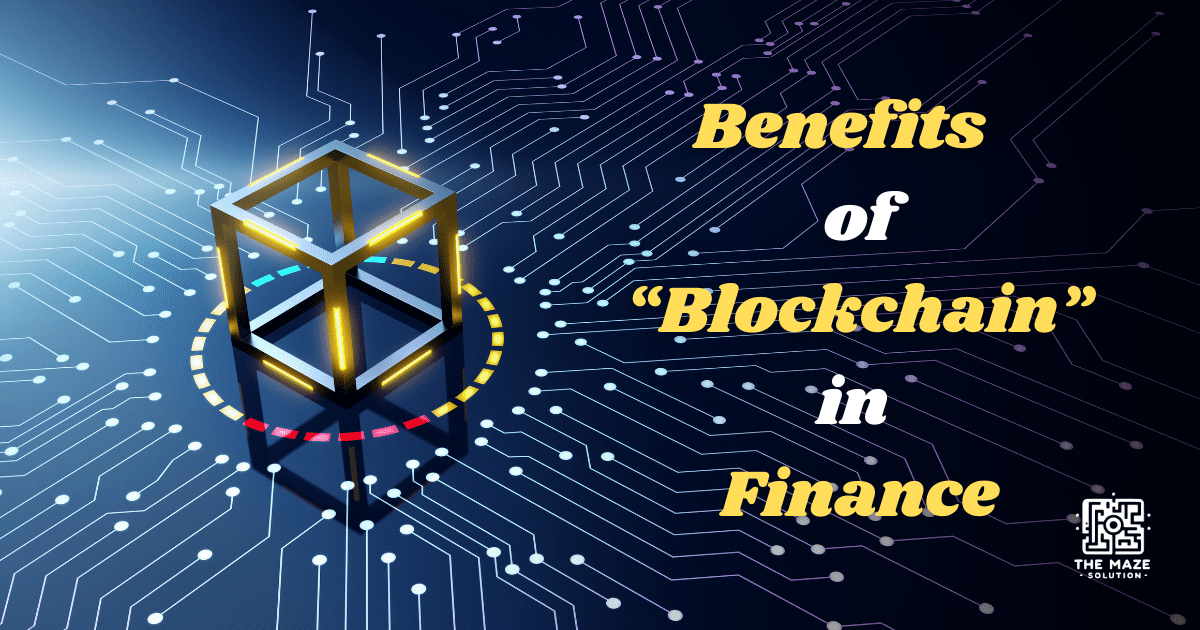Virtual Reality in Automotive Industry: Transforming the Way We Drive and Build Cars
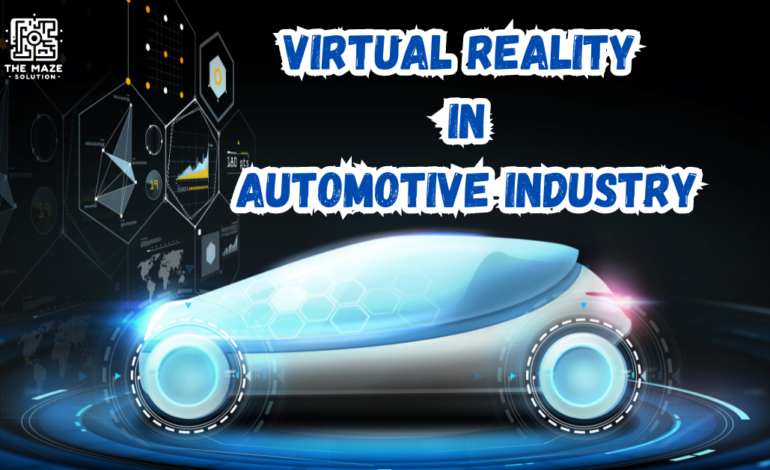
In recent years, virtual reality (VR) has emerged as a groundbreaking technology reshaping various sectors, with the automotive industry being no exception. Imagine stepping into a virtual showroom, designing the car of your dreams, or training on a virtual assembly line—all without leaving your seat. From design to manufacturing and beyond, Virtual Reality in automotive industry is transforming the way we conceptualize, create, and interact with vehicles.
Overview of Virtual Reality in the Automotive Industry
Virtual reality, at its core, is an immersive technology that simulates a three-dimensional environment, offering users an interactive experience. In the automotive world, VR in automotive industry has evolved from a novel concept to a practical tool used in different facets of the industry. From enhancing the design process to optimizing manufacturing and elevating customer experiences, VR’s impact is profound and multifaceted.
Understanding VR in the Automotive Industry
What is VR in Automotive Industry?
Virtual Reality (VR) in the automotive industry refers to the use of immersive, computer-generated environments that allow users to interact with three-dimensional spaces in a way that closely mimics real-life experiences. This technology is increasingly being utilized by automotive companies to enhance various stages of vehicle development, manufacturing, and customer interaction.
Visualization and Design
One of the primary applications of VR in the automotive industry is in the design and development phase. Traditionally, vehicle design involved creating physical prototypes, which is both time-consuming and costly. VR allows designers to create virtual prototypes, enabling them to visualize and modify vehicle designs in real-time. This virtual modeling helps in identifying design flaws or aesthetic issues early in the process, reducing the need for multiple physical prototypes and significantly cutting down on development time and costs. Designers can walk around the virtual model, view it from different angles, and even step inside the vehicle to experience the interior layout, making it easier to perfect designs before committing to physical production.
Simulation and Testing
Another crucial aspect of VR in the automotive industry is its ability to simulate driving experiences and conduct virtual testing. Automotive engineers can use VR to simulate a wide range of driving conditions and environments, from city streets to off-road terrains, to test how a vehicle might perform in various scenarios. This allows for thorough testing of vehicle safety, handling, and performance without the need for extensive real-world testing, which can be expensive and time-consuming. By simulating different weather conditions, road surfaces, and traffic situations, engineers can refine vehicle features to enhance safety and reliability.
Workforce Training
Virtual Reality in automotive industry is also a powerful tool for training purposes in the automotive industry. Workers on assembly lines, for instance, can be trained using VR simulations that replicate the tasks they will perform in the real world. This type of training allows for hands-on experience without the risks or costs associated with traditional training methods. Technicians and engineers can practice assembling complex components, diagnosing issues, and repairing vehicles in a controlled, virtual environment. This leads to better-prepared employees who can perform their jobs more efficiently and safely.
Integration Across the Industry
Major automotive companies, such as Ford, BMW, and Audi, have integrated VR into their operations, recognizing its potential to revolutionize how vehicles are designed, tested, and manufactured. These companies are using VR to streamline their processes, making them more efficient and innovative. By reducing the time and resources required for physical prototyping and testing, VR allows these companies to bring new vehicles to market more quickly while maintaining high standards of quality and safety.
The Role of Virtual Reality in Automotive Industry
Virtual Reality in automotive industry is making significant strides in areas such as design, manufacturing, and customer engagement. Leading automotive companies are utilizing VR to create virtual prototypes, enabling designers to iterate quickly without the need for physical models. Additionally, VR in automotive design offers an unparalleled customer experience—imagine taking a virtual test drive or customizing a vehicle in a virtual showroom. Companies like Ford and BMW are at the forefront of harnessing VR’s capabilities, setting new benchmarks in the industry.
Applications of VR in Automotive Industry
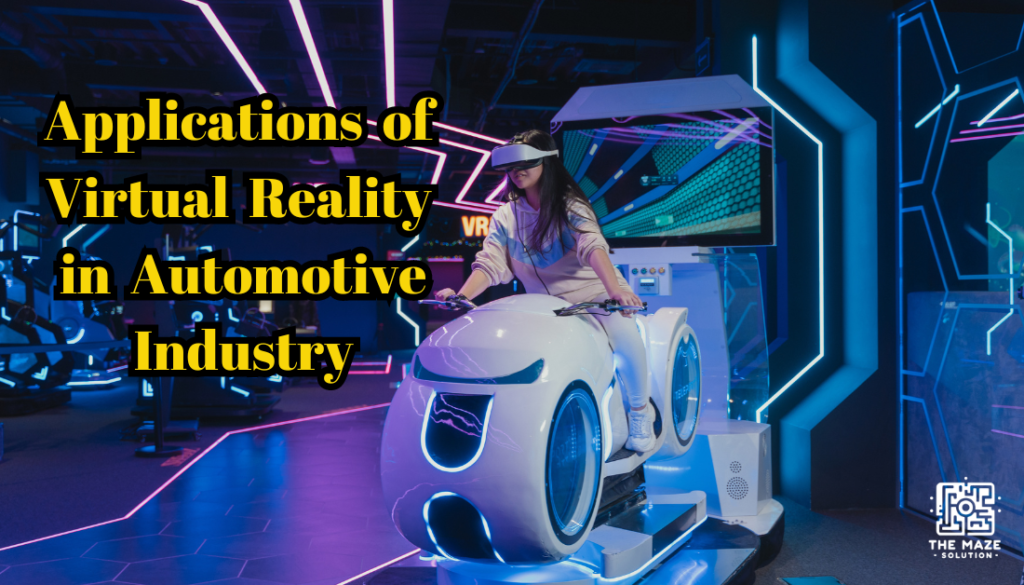
Virtual Reality in Automotive Design
The design phase is critical in the automotive industry, and VR in automotive design is revolutionizing this process. By creating virtual prototypes, designers can explore multiple design concepts without the constraints of physical prototyping. VR allows for real-time visualization of vehicle designs, offering a more intuitive and flexible design process. Case studies from companies like Audi illustrate how VR has accelerated design iterations and enhanced creativity within design teams.
VR in Automotive Industry for Enhanced Manufacturing
In manufacturing, VR applications simplify complex processes, enhancing precision and safety. By simulating production lines in a virtual environment, manufacturers can identify potential bottlenecks and optimize workflows. VR also aids in training assembly line workers, allowing them to practice tasks in a risk-free environment. The result is improved efficiency and a reduction in costly errors, benefiting both the bottom line and the workforce.
Applications of VR in Automotive Industry for Training and Simulation
Beyond its transformative impact on design and manufacturing, Virtual Reality (VR) has emerged as a crucial tool for training within the automotive industry. The technology enables engineers, technicians, and assembly line workers to engage in immersive simulations that replicate real-world scenarios, offering a hands-on approach to learning and skill development.
Enhancing Skill Development through Immersive Training
One of the primary benefits of using VR for training in the automotive industry is the ability to create realistic, interactive environments where employees can practice and refine their skills. Unlike traditional training methods, which often rely on manuals or passive observation, VR immerses trainees in a 3D environment where they can interact with virtual components and tools.
For example, an automotive engineer might use VR to assemble a virtual engine, allowing them to understand the intricacies of each part without the need for physical prototypes. This type of immersive training not only accelerates the learning process but also improves retention, as trainees can repeatedly practice tasks in a controlled environment until they achieve mastery.
Simulating Real-World Scenarios for Problem-Solving
VR in automotive industry training simulations are particularly valuable for preparing workers to handle complex and potentially hazardous situations. In a VR environment, trainees can experience and respond to scenarios that would be difficult or dangerous to replicate in the real world. For instance, assembly line workers might practice responding to equipment malfunctions or safety incidents, learning how to quickly and effectively resolve issues without the risk of actual injury or production delays.
By exposing workers to a wide range of scenarios, VR training fosters critical problem-solving skills. Trainees learn to think on their feet and adapt to unexpected challenges, ensuring that they are better prepared for real-world situations. This adaptability is crucial in the fast-paced automotive industry, where the ability to respond swiftly and effectively to problems can significantly impact overall productivity and safety.
Building Confidence and Competence in the Workforce
Another significant advantage of VR training is the boost in confidence it provides to employees. Through repeated practice in a virtual setting, workers can build competence in their roles without the fear of making costly mistakes. This confidence translates into better performance on the job, as employees are more likely to approach tasks with a thorough understanding of the procedures and a clear strategy for execution.
Furthermore, VR training can be customized to suit the specific needs of different roles within the automotive industry. Whether it’s training new hires on basic assembly techniques or providing advanced troubleshooting exercises for experienced engineers, VR offers a versatile platform that can be tailored to meet the unique requirements of each position.
Benefits of VR in Automotive Industry
Benefits of VR in Automotive Designs
One of the most significant benefits of VR in automotive design is enhanced creativity. Designers can push boundaries by experimenting with innovative ideas in a virtual space. This reduces the time and costs associated with physical prototyping, as changes can be made quickly and efficiently within the VR environment. Furthermore, VR promotes collaboration between designers and engineers, fostering a holistic approach to vehicle development.
Economic and Operational Benefits of VR in Automotive Industry
From an economic standpoint, VR offers substantial cost savings. By minimizing the need for physical prototypes, companies can allocate resources more effectively. Additionally, VR facilitates faster time-to-market for new vehicle models, giving companies a competitive edge. Operationally, the efficiency gains in automotive production and assembly translate into streamlined processes and higher-quality products.
Impact of VR in Automotive Innovations
The Strategic Impact of VR in Automotive Innovations
VR is a catalyst for innovation in the automotive industry, driving the development of cutting-edge vehicle designs and technologies. It plays a crucial role in the advancement of autonomous and electric vehicles, enabling manufacturers to test and refine these technologies in a virtual environment. By pushing the boundaries of what’s possible, VR helps automotive companies stay ahead in a rapidly evolving market.
Impact of VR in Automotive Industry on Customer Experience
For customers, VR offers a new level of interaction with vehicles. Virtual showrooms and test drives provide an immersive experience, allowing customers to explore various models and configurations from the comfort of their homes. Additionally, VR enables personalized vehicle customization, catering to individual preferences and enhancing customer satisfaction. This shift towards a more engaging and personalized experience is reshaping the consumer landscape in the automotive sector.
Challenges and Future of VR in Automotive Industry
Challenges in Implementing VR in Automotive Industry
Despite its numerous benefits, the adoption of VR in the automotive industry is not without challenges. Technical hurdles, such as ensuring VR systems are compatible with existing infrastructure, can pose significant barriers. Financial constraints may also limit the ability of smaller companies to invest in VR technology. Overcoming these challenges requires a strategic approach and collaboration between technology providers and automotive companies.
The Future of Virtual Reality in Automotive Industry
Looking ahead, the future of VR in the automotive industry is promising. Emerging trends and technologies, such as augmented reality (AR) and mixed reality (MR), will further enhance VR’s capabilities. These advancements will open new avenues for innovation, from advanced vehicle simulations to more immersive customer experiences. As VR technology continues to evolve, its impact on automotive innovation and customer experience will only grow, shaping the future of the industry.
Summarizing the Transformation of the Automotive Industry through VR
In conclusion, VR is a transformative force in the automotive industry, changing the way we drive and build cars. From enhancing design creativity to optimizing manufacturing and enriching customer experiences, VR offers numerous benefits. While challenges remain, the potential of VR to shape the future of the automotive industry is undeniable. To stay ahead, automotive companies must continue to explore VR’s possibilities, leveraging this technology to drive innovation and deliver exceptional value to customers.
Engage with Readers
We invite you to share your thoughts on the impact of VR in the automotive industry. How do you envision VR shaping the future of car design and manufacturing? For those interested in exploring further, check out additional resources and case studies on VR in automotive innovations. Together, we can drive the conversation forward and unlock new possibilities in this exciting field.
